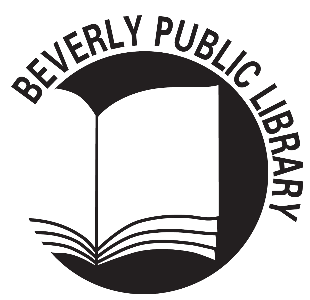The City of Beverly is working on a project proposal at the Beverly Public Library to replace the main library’s failing HVAC system and improve building performance, air quality, safety, and function as a cooling and heating center during extreme weather.
For more information, visit the Public Projects – Beverly Public Library – Building & System Improvements page on the City’s website.

